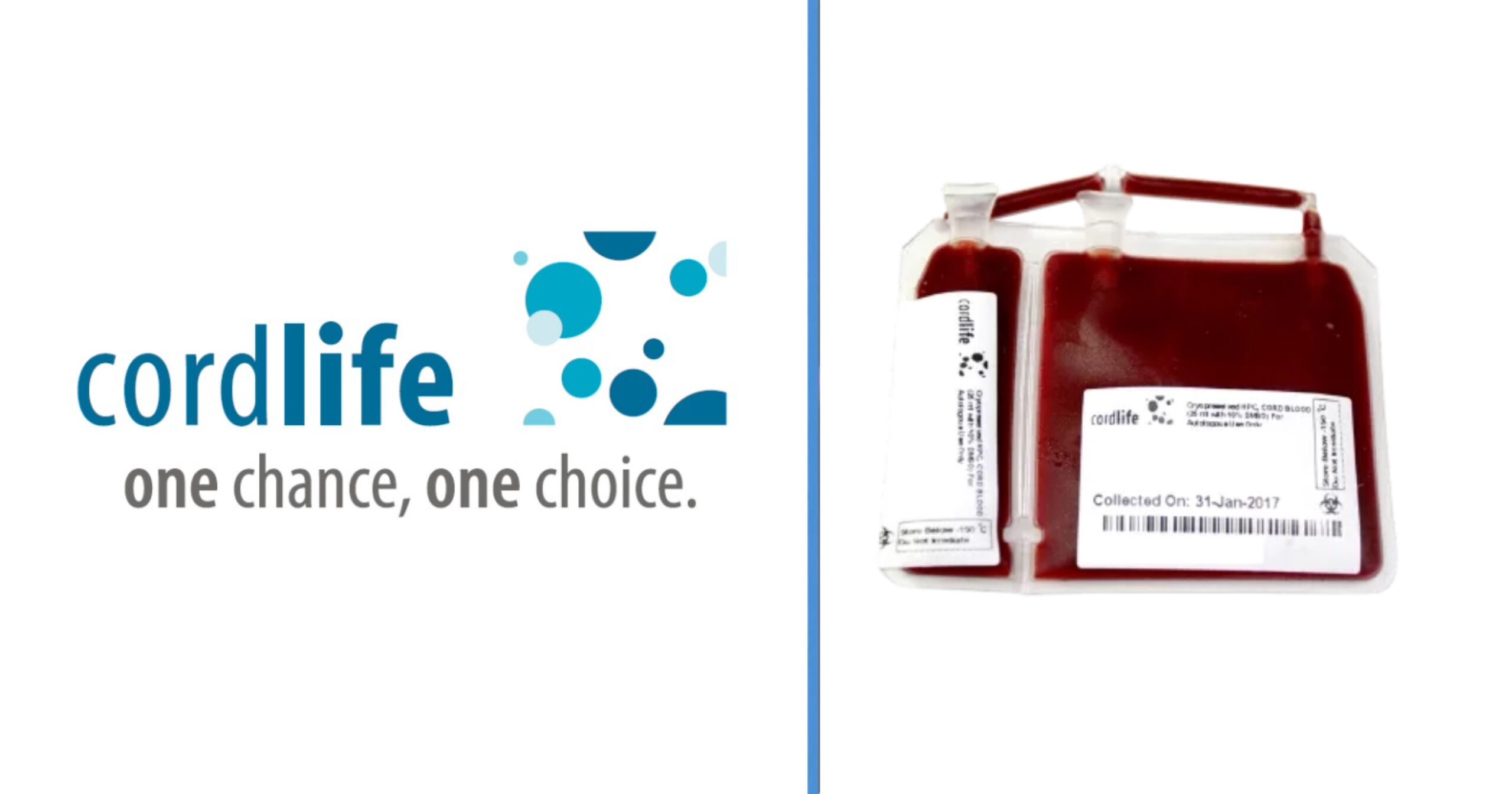If you were anywhere on the internet recently, you would have heard of the Cordlife saga.
But what exactly happened in the Cordlife saga? And what is cord blood anyway?
If you prefer to watch a video about this instead, here’s a cat narrating what happened, and why cord blood is a miracle blood:
Prefer to read? Here goes.
Summary of the Cordlife Saga
Cordlife Group Limited is a private cord blood bank. It essentially functions like a blood bank, except instead of normal blood, it collects cord blood.
And like a blood bank, a cord blood bank is subject to certain standards as well. For one, in the same way that blood banks cannot damage their blood units, cord blank banks cannot damage their cord blood units.
And that’s the pulse of the Cordlife saga — last year, it was revealed that Cordlife had not stored its cord blood units properly.
You see, these cord blood units were supposed to be stored below certain temperatures. However, investigations found that 7 of Cordlife’s 22 storage tanks were exposed to temperatures above acceptable limits — meaning that the cord blood units were also exposed to irregular temperatures.
Apparently, cord blood units belonging to more than 2,150 clients were damaged and another 17,000 clients are possibly affected.
You can read more about the Cordlife saga here.
The question now turns to this: what exactly is cord blood? And why is it the first time some of us are even hearing about it?
Fret not — Goody Feed breaks it all down for you.
What Cord Blood Is
If you recently became a mother in the past couple of years, perhaps you’ve already heard from your doctor about cord blood.
For the benefit of those of us who have been trapped at our office desks 24/7 with no time to start a family, cord blood is a relatively new technology, but it is exactly what it sounds like it is — blood from the umbilical cord.
If you were listening at all during your primary school science lessons, you would remember that when a baby is delivered, the umbilical cord will be separated from the child. Cord blood is blood that can be extracted from the umbilical cord.
You might be thinking: Yucks… Why would anyone want to extract cord blood?
Well, it turns out that cord blood can be pretty useful.
Why is Cord Blood Useful
If you do a Google search for “why is cord blood useful”, you’ll likely be bombarded with a bunch of scientific terms. So, we’ll make your life easier by simplifying the explanation for you.
Essentially, cord blood is extremely rich in these things called blood stem cells.
You can think of blood stem cells like the body’s version of Play-Doh.
Remember when you were a kid and could mould just about anything from Play-Doh? Be it a piece of chicken, a house, or a blob of nothing — Play-Doh could transform into just about anything you want it to become.
And in the same sense, blood stem cells can transform into just about anything your body needs. From red blood cells to white blood cells, and even platelets that your body might need — blood stem cells can be transformed into any of those.
The unique ability of blood stem cells that come from cord blood, to differentiate into all those various cell types is what makes it useful.
Say you’re a patient suffering from a blood disorder or cancer, and you’re in desperate need of a stem cell transplant — these blood stem cells in cord blood could be exactly what you need to save your life.
That’s why people started to store cord blood — to help themselves, and to help others in need.
However, there’s one tricky part when it comes to a stem cell transplant — matching must be done for you to receive blood stem cells from someone else.
It works similarly to blood transplants. If you’re Type A, you can’t take Type B blood.
And for stem cell transplants, it’s more likely than not that you’ll only be able to safely receive blood stem cells from your parent, sibling, or child. In other words, it’s difficult to find a match in blood stem cells.
And that’s why many people opt to store cord blood in private cord blood banks like Cordlife — once the cord blood is stored in the private cord blood bank, only you can access it.
This means that if anything ever happens to you or your family members that mandates a stem cell transplant, you’ll easily have a source of blood stem cells that will match.
In contrast, donating cord blood to a public cord blood bank would mean that your cord blood would likely end up with strangers requiring a stem cell transplant. You don’t have exclusive rights to the cord blood donated to a public cord blood bank.
That’s why people are willing to fork out huge amounts of money to store cord blood with private cord blood banks like Cordlife.
Yes, you can’t store cord blood yourself at home. You need cord blood banks with specialised equipment to store cord blood in.
And that’s also why Cordlife’s clients are now furious at the company.
Imagine having blown a hole in your wallet to store cord blood at a private cord blood bank, but finding out a few years later that the cord blood units have been damaged because they haven’t been stored properly.
It’s exactly what you had paid the private cord blood bank to do — store the cord blood properly — but they couldn’t do it.
Waste money sia.
As Cordlife’s very own slogan goes: “One chance, one choice”. If you’re ever in a situation where you have to decide whether to bank cord blood, you should probably have a good think about Cordlife’s slogan.




